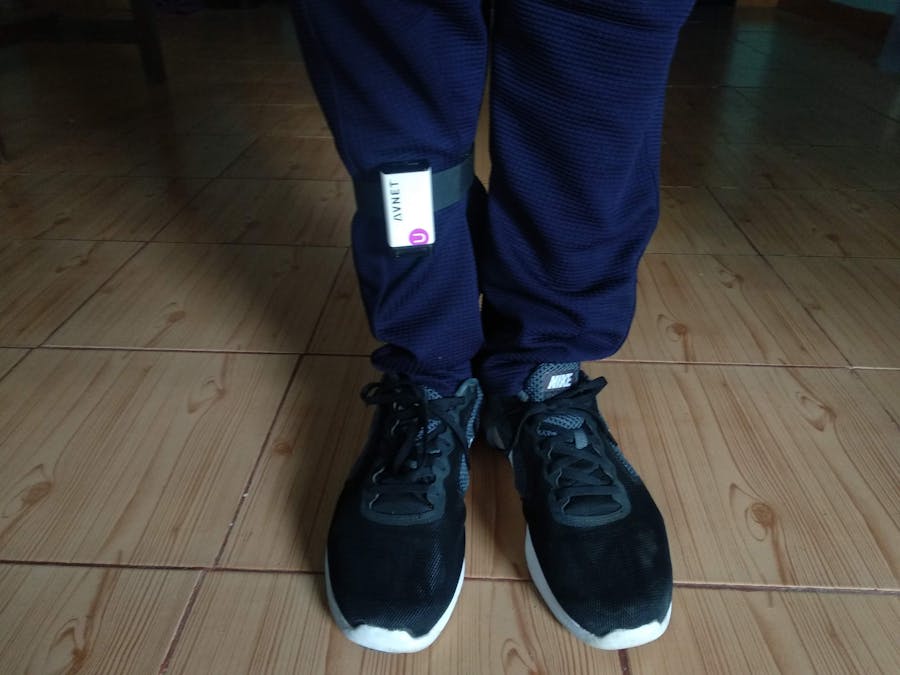It would be easy for a healthy human being to get around places and do some aerobic exercises without any external aid, but the life is completely different when you have a disability even the involuntary tasks such as breathing walking might become a nightmare. In order to help this kind of people, we developed a smart cane which has quite a lot of sensors and can do quite a bit of AI processing onboard. We use Avnet brainium module to detect obstacles and gestures so that it can help an end-user like a blind or physically challenged individual. In current economic conditions, the earning for the home has to be done by both male and female individual in order to pay out the bills at the end of the month. This is a common practice in an urban area where basic living costs are exorbitant. As a result of this practice, elderly people are left back in the home when young ones go out for earning. Older people as they age they will need support for even walking like a cane or wheelchair. The use of a stick as a support for walking is there from stone ages.
Designing anassistive tech device :
But all these years these canes are nothing but a stick, apart from material changes and adjustable heights there are no other significant changes. Our solution will focus on making this dumb stick a smart one by integrating a smart sensor system and advanced onboard embedded AI will learn new gestures and can be used to control devices in a smart home environment.
Or the device can be worn as watch to the legs. This will monitor the walking behaviour and can detect anomalies in walking i.e gait and can report if something happens like if they fall or if there are more severe issues like seizure etc. It will directly email the caretaker about the occurrence.
So I would like to call this device as Jeeva which translates to Life in Sanskrit as it's a life saviour device with AI at Edge.
Step 1: Required partsGather all the required parts mentioned above.
Step 2: Setting up gateway device:Brainium gateway application has to be installed on raspberry pi. This can be done by following this link.
Upon connecting brainium module to the gateway we can train the module and deploy trained modules on it.
Step 3: Train the brainium module.There are already tons of tutorials on the hackster.io website itself about how to train avnet smart edge agile.
For our applications, I will be training it with
1. Fall detection
2. Seizure detection
3. Home automation
4. Walking
5. Sleeping.
Some actions such as fall and seizure might be difficult to perform but one can move his/her legs in a rapid kicking action to simulate seizure as this happens during the seizure. Home automation motions are recorded by particular letter motions like, if it is a fan it will be F motion through legs and L motion for Lights etc.
Step 4: Setting up alertsAfter training the model alerts can be set based on the number of motions
Alerts can be a notification or an email in the case of an emergency.
This can be directly implemented on the raspberry pi gateway to control relays which in turn can control the devices.
As this module is being trained on Artificial Intelligence there will be no programming requirement.
Here's a link to relay shield to pi which does a better job than connecting a microcontroller to pi.


















Comments
Please log in or sign up to comment.